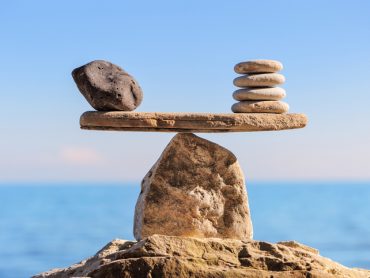Four Tips For Today’s Hotel Websites
As a judge of the HSMAI Adrian Awards, I’ve had the pleasure of gazing at this year’s crop of the best in web design. I do not evaluate nor rank sites built by my own company, although it is refreshing to note that they share a healthy number of the winning traits described below.
Judging the world’s finest hotel websites makes for a tough life. Each entry takes at least 15 to 20 minutes of time, reading the proposed communications statements, then exploring the sites themselves. I ended up reviewing more than 40 property sites. Based on the prices specified on the submitted briefs, that translates to well over US$2 million of creative programming. That’s a lot of development time. So, here is my top line takeaway from this investment.
Think big
This year’s crop is better than ever. For the most part, the frontrunners leveraged photography to maximum effect, with full frame shots that quite literally put you in the property. The experience was invigorating and encouraged me to press that ever-present “book now” button. For the most part, photo galleries now expand to full frame size too and are indexed/sorted to encourage browsing.
The sites I rated highly also incorporated responsive design technologies. That is, they worked equally well on an iPad or a laptop, and they had a companion smartphone version.
One other issue of note: These websites don’t come cheap. Anyone expecting to build a quality, full-featured site for less than US$35,000 is fooling themselves. Some of the better sites had stated budgets more than double that. While one might gasp at that amount, remember that your website is your portal to the world — your rack brochure, OTA buster and brand persona all wrapped up into one.
Some guidelines
Based on what I experienced, here are some guidelines to follow in building a new site. And, if your site does not have full frame photography, you had better get with the program. And so …
1. Invest in incredible photography. Don’t skimp here. Pictures make the product. You know your property. You know what time of day those iconic shots are best taken. Don’t expect a member of the staff to do the job. Hire professionals and challenge them to deliver the world’s finest hotel photography. Let your employees save their skills for Instagram.
2. Plan before you program. Every property has different needs, different requirements and a different business mix. One website plan does not handle all situations. Make sure the web development team you hire understands your business and designs a site that reflects your segment needs. The great sites I saw led me directly into weddings, meetings, dining and those areas that were important for their business. The weaker sites made it difficult to navigate and discover those elements that make the property unique.
3. Booking bars should be visible, but unobtrusive. Somewhere, someone must have touted a fact that the booking interface had to dominate each and every page of the site. The great sites found a way to identify the booking capability, but not at the expense of obscuring the visual stimuli of the site. I was impressed with this subtlety and how all functions were integrated holistically.
4. Remember the older viewer. Small and difficult navigational elements are not appropriate for age 55+ eyes. The great sites understood navigation should be easy to use and a breeze to operate.
(Article published by Larry Mogelonsky in HOTELSmag on November 8, 2013)




